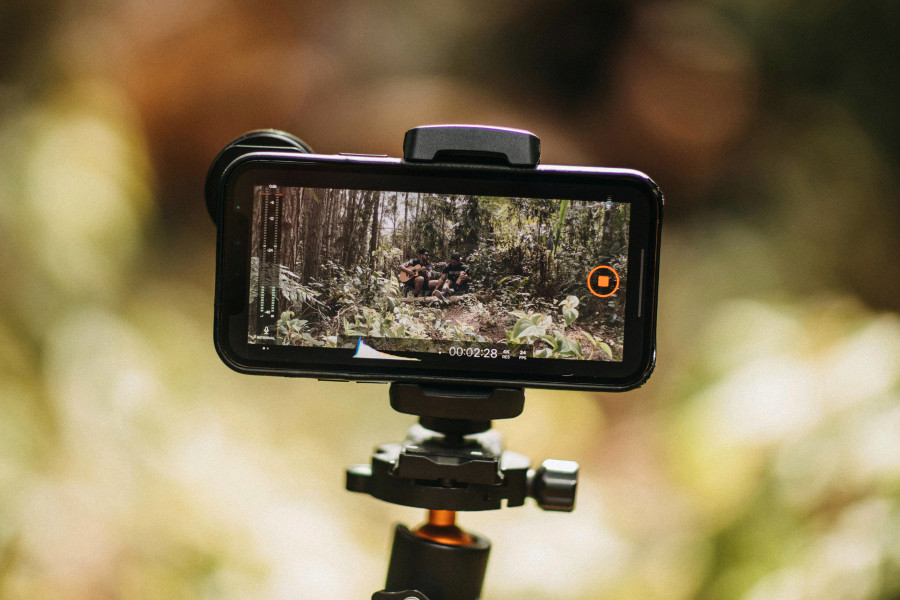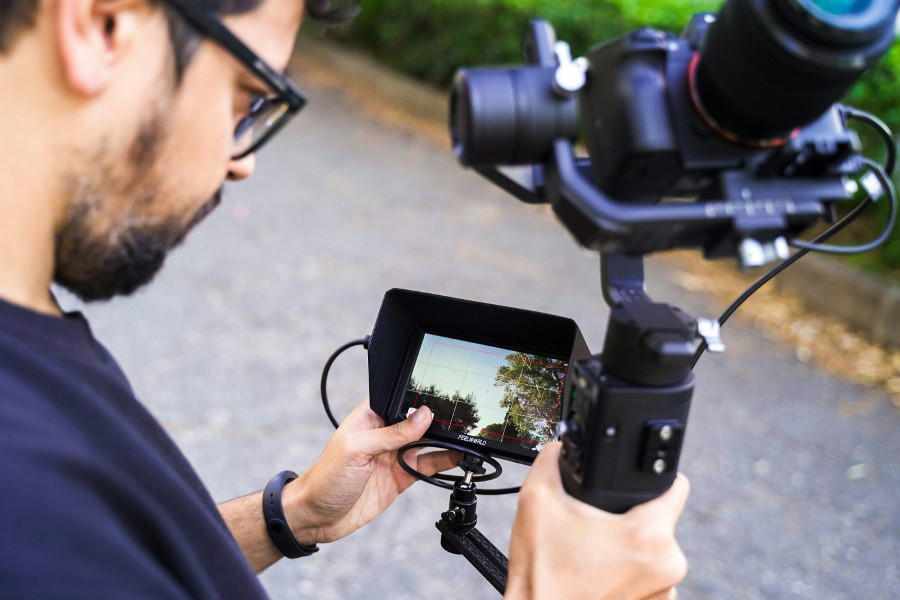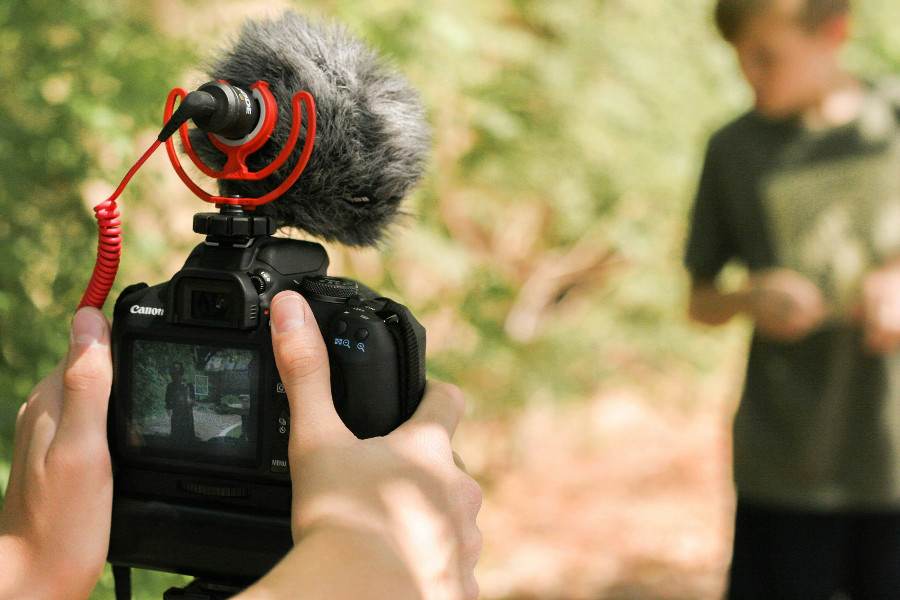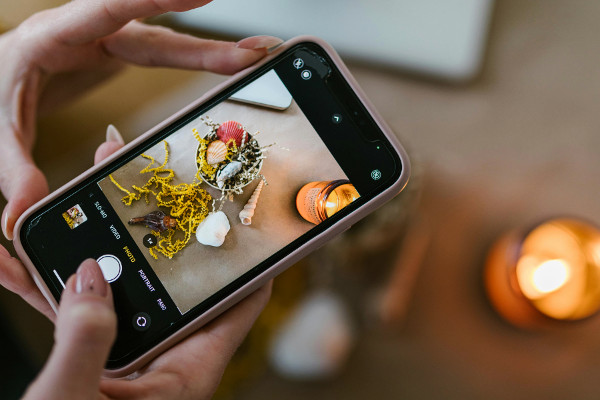How to Make a Low Budget Short Film with a Smartphone or a Cheap Camera: Tips, Equipment & Techniques
Making a short film on a tight budget might feel overwhelming, but it’s really about creativity, planning, and using the tools you already have – like your phone or camera. Whether you’re new to filmmaking or just looking to keep things simple, this guide walks you through the essentials. From writing your script to finding actors and improving sound, these tips will help you bring your story to life without breaking the bank. Ready to start filming? Let’s dive in.

1. How can I make a short film on a low budget?
Making a short film with little money might seem tough at first, but it’s really about using what you have and telling a good story. Start with a simple script that focuses on a few characters and places. Use your phone or camera – the gear isn’t the hero here, your creativity is. Ask friends to help out, and shoot during the day to use natural light. Keep props and costumes simple, and don’t forget to plan carefully to save time. When you tell a story from the heart, you don’t need fancy equipment to make something special.
2. What are the best tips for shooting a short film with a mobile phone?
Shooting with a phone is easier than ever, but a few tricks make a big difference. Use the best resolution your phone offers and keep it steady with a tripod or by resting your hands. Light is key – shoot near windows or outdoors during daylight. Clean your lens so your picture stays sharp, and if your phone lets you control focus or brightness, try those out. Think about how you frame your shots to tell the story clearly, and don’t forget sound – it matters just as much as the image.
3. How do I write a script for a low budget short film?
Writing a script for a small-budget film means keeping things simple. Focus on a story that’s easy to tell with just a few people and locations. The dialogue should sound natural and be easy to say. Avoid anything that needs expensive effects or big sets. Keep your scenes short and to the point, aiming for about a minute of screen time per page. Think about what you can shoot with the light and props you have, and revise your script until it feels tight and doable.
4. What equipment do I need to make a short film with my phone?
You don’t need much beyond your phone to get started. A tripod or something to hold your phone steady is a huge help. If you can, grab an inexpensive microphone to improve sound – bad audio can distract even from great footage. Simple lights, like LED panels or even desk lamps with daylight bulbs, can brighten up your scenes. Headphones help you check sound while filming. When it comes to editing, there are free apps that do the job without costing a dime. It’s about making the most of what you already have.

5. How can I improve video quality using a smartphone?
Improving your phone videos isn’t about buying new gear – it’s about small habits that add up. Always shoot in the highest resolution possible, and clean your lens before every shoot. Use natural light or add soft lighting so your subjects don’t look flat. Keep your phone steady by using a tripod or placing it on a steady surface. Avoid digital zoom; instead, move closer to your subject. Shooting in landscape mode helps create a more cinematic feel. And remember, a little color correction in editing can make your video pop.
6. What are some affordable lighting options for low budget filmmaking?
Lighting doesn’t have to be complicated or expensive. The best source of light is often natural daylight, so shoot near windows or outdoors during the golden hours – the hour after sunrise or before sunset. You can make your own reflectors from white cardboard or aluminum foil to bounce light where you need it. Affordable LED lights or even simple desk lamps with daylight bulbs work well too, especially if you soften their light with something like a white cloth or parchment paper. With a little creativity, lighting can really lift your film’s look.
7. How do I find actors for a low budget short film?
Finding actors without a big budget is all about reaching out to your community. Start with friends and family – many people enjoy the chance to try something new. Check out local theater groups or film schools where students often look for projects to build their portfolios. Social media and community boards are good places to post simple casting calls. Be upfront about your budget but emphasize that this is a creative opportunity. Often, enthusiasm and passion mean more than experience.
8. What free or cheap editing software can I use for short films?
There are great editing tools out there that won’t cost you a thing. Programs like DaVinci Resolve, HitFilm Express, OpenShot and Shotcut offer powerful features for beginners and pros alike. If you prefer something simpler, iMovie for Mac users or Clipchamp for online use work well for basic edits. For editing on your phone, apps like InShot and KineMaster are popular and easy to use. These tools let you cut clips, add transitions, adjust colors, and polish your sound – all essential for turning your footage into a finished film.
9. How do I plan and organize a low budget short film shoot?
Good planning is the heart of any film shoot, especially when money is tight. Break your script into scenes and list what you need for each – locations, actors, props, and equipment. Arrange your shoot days to film all scenes in the same location at once, saving travel and setup time. Make a shot list to know exactly what to film, and communicate clearly with your team about when and where to be. Bring snacks and stay flexible – unexpected things happen, but being organized keeps stress low and creativity high.

10. What are some simple but effective filmmaking techniques for beginners?
Start with the basics – frame your shots using the rule of thirds to make images more engaging. Mix wide shots to set the scene with close-ups that capture emotion. Keep your camera steady using a tripod or stable surface. Use natural or soft lighting to avoid harsh shadows. Plan your shots ahead so you don’t waste time filming unnecessary footage. Simple camera moves like slow pans or tilts add interest without being overwhelming. Focus on telling your story clearly and honestly.
11. How can I create good sound quality on a budget?
Sound often gets overlooked, but it’s just as important as the picture. Try to film in quiet places to reduce background noise. If you can, use an external microphone – a lapel or shotgun mic can be affordable and make a big difference. Otherwise, keep your phone or camera close to the speaker. Sometimes recording sound separately on a second device helps you get clearer dialogue. After shooting, use free audio software to clean up noise and balance volume. Good sound lifts your film’s quality enormously.
12. What are the best camera apps for shooting movies on a phone?
Using a specialized camera app can unlock your phone’s full potential. FiLMiC Pro is popular because it offers manual controls over focus, exposure, and frame rate, which means more cinematic footage. Moment Pro Camera and ProCam are also great for those who want professional features on iOS or Android. If you’re on a budget, Open Camera is a free app that gives you control over many settings. These apps help you go beyond the basic camera and capture footage that looks more polished and intentional.
13. How do I get permits or permissions for shooting on location cheaply?
When filming outside, it’s important to check if you need permission. Many public places don’t require permits for small shoots, but it’s best to ask your local city office or park authority just to be sure. If you want to film on private property, simply asking the owner nicely often works. Keep your setup low-key so you don’t draw attention or cause disruptions. Using friends’ homes or private spaces can also help avoid permit hassles. Being respectful and professional usually opens doors without big fees.
14. How can I distribute or promote my low budget short film?
Sharing your film is part of the fun and can be done without spending much. Upload it to platforms like YouTube or Vimeo where it can reach a wide audience for free. Enter your film in festivals – many short film contests have low or no entry fees. Spread the word through social media, local film groups, or community events. Creating a simple webpage or Facebook page helps build a following. Remember, good storytelling and consistent sharing can bring your work the attention it deserves.
15. What mistakes should I avoid when making a short film with limited resources?
It’s easy to get carried away and try to do too much. Keep your story focused and don’t shoot extra footage you won’t use. Poor planning can waste precious time and money, so make a schedule and stick to it. Never underestimate sound – it can make or break your film. Avoid shaky shots by stabilizing your camera. Don’t obsess over gear; great films come from creativity, not expensive equipment. Finally, take your time in editing – that’s where your story truly comes alive.
Good luck with your adventures in filmmaking.



